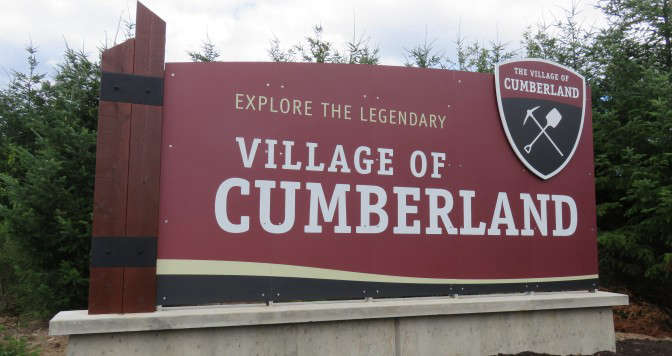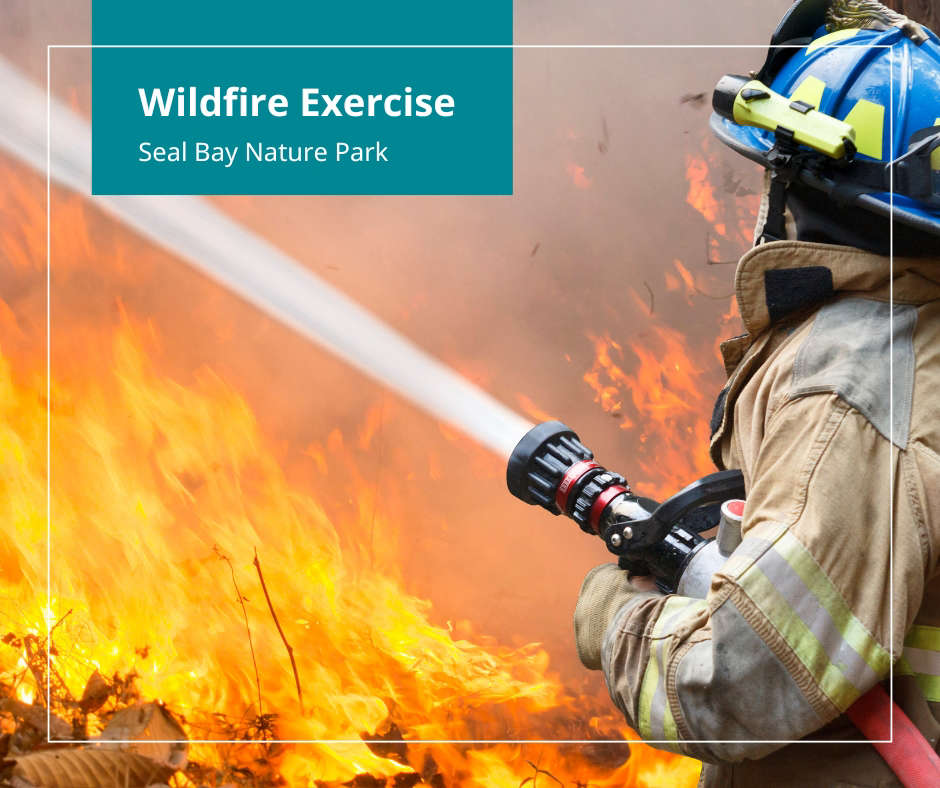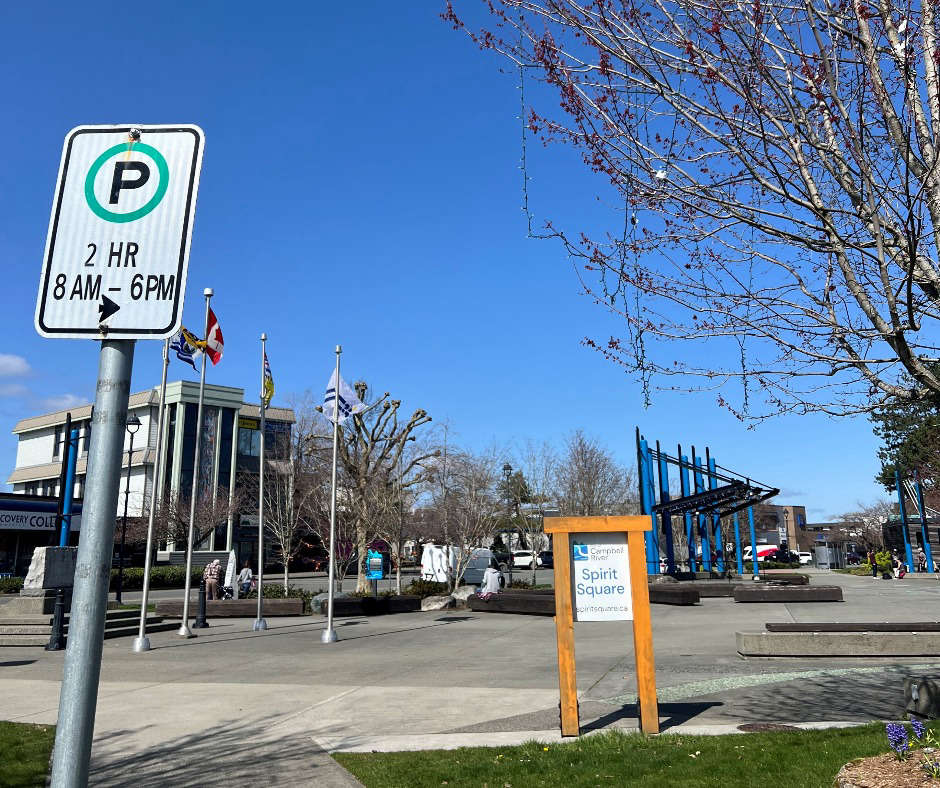
In a move to increase the use of wildfire-damaged timber and support land recovery, the Province has introduced new measures to streamline the salvage process, making it easier for the forestry sector to recover and repurpose damaged wood and regenerate the forests.
“Wildfires are increasingly having devastating impacts on our communities and economies,” said Andrew Mercier, Minister of State for Sustainable Forestry Innovation.
“During my visits in forestry communities throughout the province, speeding up salvage is something I’ve been hearing a lot from people. Making the salvage of fire-damaged wood faster, easier and more economic means more forestry operations can access fire-damaged wood, supporting forestry-dependent regions and forestry workers.”
Changes have increased flexibility and established pricing policy for forestry operations and First Nations wanting to salvage wildfire-damaged timber.
Salvage allows for quicker reforestation efforts and land recovery after wildfires.
In response to the 2023 wildfires, salvage cutting permits have been issued for almost 1.4 million cubic metres of volume – equivalent to about 28,000 logging truck loads of wildfire-damaged wood recovered.
The wood is used by industries like the pulp and paper sector to make household items, such as paper, packaging, and tissue paper.
Wildfire salvage opportunity agreements were created to increase salvage opportunities for First Nations in the forest sector and support timely salvage post-fire.
Since agreements were established in 2022, First Nations have signed 13.
To learn more, visit Government of British Columbia.

 First Nation Leadership Council Calls For Conservatives To Pull North Island-Powell River Candidate
First Nation Leadership Council Calls For Conservatives To Pull North Island-Powell River Candidate
 North Island-Powell River All Candidates Debate At Sunday At Tidemark Theatre
North Island-Powell River All Candidates Debate At Sunday At Tidemark Theatre
 Cumberland Residents Are Encouraged To Report Incidents To The RCMP
Cumberland Residents Are Encouraged To Report Incidents To The RCMP
 Training Exercise Today At 19 Wing Comox And Seal Bay Nature Park Area
Training Exercise Today At 19 Wing Comox And Seal Bay Nature Park Area
 Campbell River Extends Downtown Parking Time Limits
Campbell River Extends Downtown Parking Time Limits
